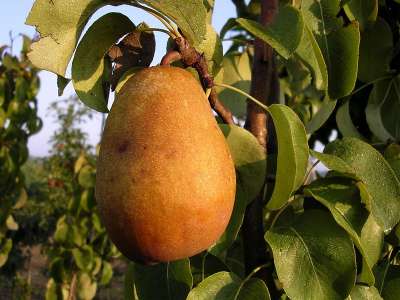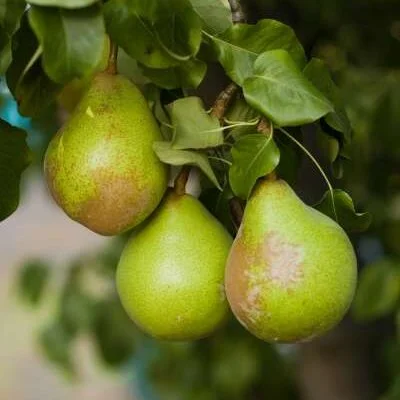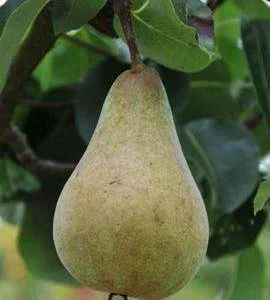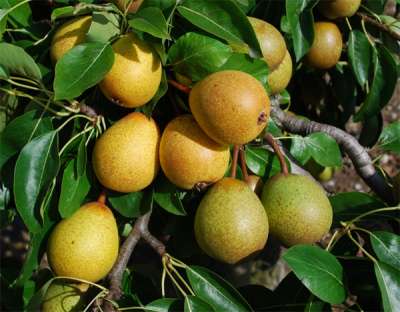Your basket is currently empty!
Rootstock choice for Pear trees
Possibly the most important quality in informing your choice of Pear tree is that of rootstock. It influences the size your trees will grow and also the way in which you grow them. Rootstocks also impart soil tolerance and hardiness to a certain degree. If you garden in a pocket-handkerchief sized garden there is no use in planting a tree on an ultra-vigorous rootstock that may never be allowed to develop fully or reach fruiting maturity. On the other side of the coin perhaps you are planting in an open field or a large traditional sized orchard or paddock. Under these circumstances a dwarfing tree would just look silly and in any case may lack the tough hardiness and vigour required to cope with such an open position. A little research into the rootstocks available for pears, and their qualities, will set you on a good road to making the ideal choice of tree for your circumstances. Most rootstocks are derived from types of Quince, which are closely related, or of Pyrus communis – a type of wild pear.
Order top quality Pear Trees here
Quince C
Quince C is by far the most appropriate choice for the average garden. It is an easily controlled tree and until recently was the most compact rootstock available for pears. It is compatible with most varieties and can be controlled to around 7-8’ in height. The spread is usually the same. Outstanding as a free standing bush tree and also the preferred choice for making fans, espaliers and stepovers and cordons. Can be grown in large containers. Suitable for most good to average soil. Crops in 2-3 years can be expected. For orchard planting, both Quince C or Quince A are favoured. Easily picked from the ground.
Quince A
This is a bit more vigorous than Quince C and a good choice where a tree of average vigour is required. Growth can be quite variable, an estimate between 9-14’ for height is accurate. The spread can be slightly less than that. Grows well on average to good soils, hardy and very productive in about 3-4 years. Compatible with most varieties; suits bush, half standard, fan or espalier growing.
Quince BA29
This is vigorous stock and suited only for larger area’s, bigger than Quince A. An ideal free standing tree, it is primarily used for paddock or larger orchard. Hardy and extremely productive, although ladders are required for picking. Usually settles to cropping in 3-4 years. Can do well on poorer soil; not for general garden cultivation and too vigorous for training.Pyrus communis The so called seedling-pear rootstock. A tree of substantial proportions! Pyrus communis is significantly more vigorous even than BA29 and heights well in excess of 20’ are normal. Does well on any soil, hardy but takes some time to come into bearing. Appropriate only for large area’s, field, boundary, paddock etc.
Pyrodwarf
The newest compact rootstock with a mature size of 6-8’ easily achieved with regular pruning; this dwarfing stock can give very good results but some varieties do better on it than others and it would seem to require good soil conditions to do well and it will then produce very good yields of quality fruit. Root system is fairly small; suits container growing, column, cordon and stepover.
When to Plant Pear Trees
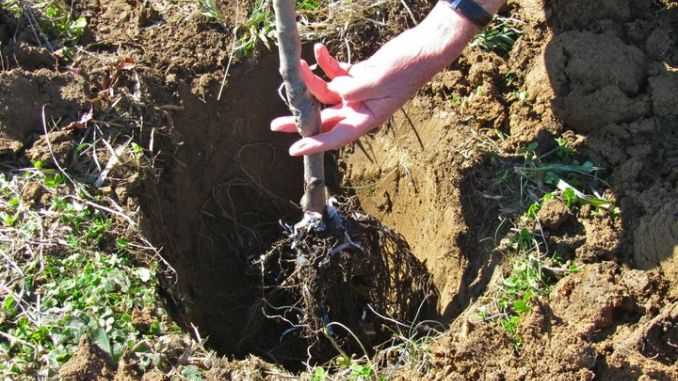
So you have a burning desire instilled in you to get digging and introduce a Pear tree – or 3 – to your plot. But is ‘now’ a good time? Should I be planning for the future or am I too late already? This is an important question when considering your quest to grow the perfect pear.
The short answer is that if you really want to you can plant Pear trees whenever you wish to. But one shouldn’t ignore tradition that will emphasise certain seasons as better than others. Soothsayers of the fruit growing world will always look to late Autumn and winter for planting pear trees. The trees are quite dormant then and won’t really know what is happening to them. That is why it is a good time to dig them up from the ground and re-plant them whilst there is no greenery for the tree to upkeep. At this time of year – from late October to April – the trees will be supplied as ‘bare root’ , that is to say they will simply be dug from the nursery fields and supplied with a bag or something around the roots to stop them drying out, but there won’t be any soil adhering to the roots and the tree won’t be in a pot. As long as the tree is dealt with fairly quickly and re-planted without delay then this method gives the best results. There is no after shock and no requirement to water. By the time the Spring arrives and it is time for your new tree to bud up it won’t even know what has happened to it! Although the weather is often against us during that period of the year, planting is perfectly possible at any time as long as the soil isn’t waterlogged or so frosty that you cannot dig it. Aside from that the elements won’t harm your tree at all once it is in the ground.
If you are a fair-weather gardener, or conditions or circumstances just weren’t right for you to plant during the winter dormancy period, then rest assured it is still perfectly possible to plant a new pear tree. The advent of containerised trees revolutionised the industry and makes it safe to plant really at any time, including the better spring and summer months. Because these trees have an established rootball with compost that surrounds the roots intact, they can be moved and planted without too much shock. There is bound to be some wilting for a few days afterward but provided you adhere to a strict and regular watering regime afterward results are good and the trees usually re-establish without problem.
If you order from a specialist website during the growing season therefore you will always receive a pot grown tree. But if you order during the Autumn & Winter it will almost always be a bare-rooted one because there is no advantage in planting pot grown trees during the winter when a bare-rooted one is always preferred.
How to plant a Pear tree
Good preparation is key to providing the best results. If you can make the area ready to plant a few weeks – or even months- ahead of time then it will allow the soil to settle and you can remove any further weeds that emerge during that time. But of course many of us aren’t that efficient or may simply not have known that far in advance what we were going to plant where to if you have to prepare one day and plant the next so be it.
You will need to prepare an area roughly 24” across for each tree. This area should be double dug, preferably to 2 spits, remove the soil, break it down, mix it with a handful of bonemeal, and then replace it. You should make sure this area is now slightly higher than the surrounding soil because it will settle. Make sure all perennial wees have been removed. If the soil is poor, light, sandy, or clay then make the effort and improve it before putting it back in the hole. Lighter soils benefit from being ‘beefed up’ with copious amounts of organic rich matter. The same can help improve clay or closely-textured soils and drainage can be aided by the addition of grit or sharp sand.
When you receive your trees dig a hole comfortably large enough to take the roots without bending them, but no larger. Set the bare-rooted tree so it sits with the grafting union [identifiable as a slight kink or bulge in the main trunk just above the roots] sits about 2” above the soil. If there is no obvious union then set the tree so that the topmost roots are covered by around 2” of soil. Replace the soil into the hole, making sure it filters in between the roots and tramp it down firmly to make sure there are no air pockets beneath the soil. Water the new tree in, even if it is the winter time. Although the tree will not have a requirement for water at this time, it helps settle the soil inbetween the roots. When the water has drained away you will often find the soil level has dropped, so make it up to the level of the ground surrounding it. You don’t want your new tree sitting in a basin because it will collect water.
If you are planting a container grown tree the principal is the same but the tree should be set with the top of the rootball just level or very slightly below that of the surrounding soil. Planting a container a container grown tree involves heavy watering [with a hose or watering can with no rose] in the early morning and again in the evening, for the first 3-4 weeks after planting, or until established. Only heavy, prolonged rain can be viewed as an excuse for missing out on a watering, which is key to success with planting during the growing season.
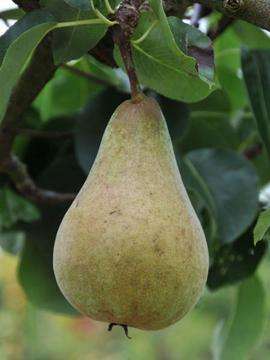
Staking for free standing trees is advisable unless the area is a protected one. A 2 x 2” stake of 48” in length is suitable for most trees as only the main portion of the trunk needs to be supported. A stout bamboo cane is often sufficient for column trees and cordons. Use rubber coated or plastic tree ties, not wire which can damage the trunk of the new tree through chafing.



